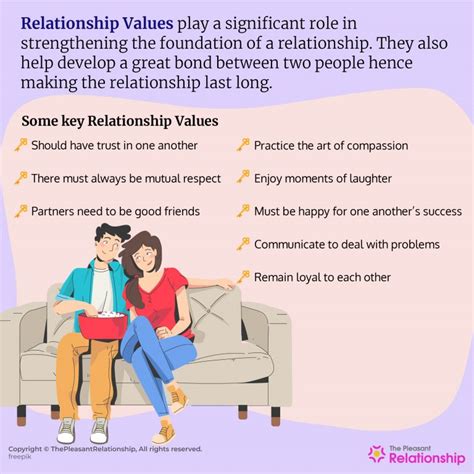For many men, articulating personal needs in a relationship can feel like navigating a minefield. The fear of misunderstanding, conflict, or appearing vulnerable often leads to silence or indirect communication, inadvertently creating the very tension they hoped to avoid. However, healthy relationships thrive on open, honest communication, and learning to express your needs effectively is a cornerstone of deep connection and mutual respect.
Understanding the Communication Gap
Societal expectations often teach men to be strong, self-reliant, and to suppress emotions. This can make it challenging to identify, let alone vocalize, feelings and needs that might be perceived as weaknesses. Instead of directly stating what they want or feel, men might withdraw, express frustration, or resort to “fixing” problems without first understanding the underlying emotional landscape. This approach, while well-intentioned, can leave partners feeling unheard, confused, or even attacked.

Laying the Foundation: Self-Awareness
Before you can communicate your needs to someone else, you must first understand them yourself. Take time for introspection. What exactly are you feeling? What specific outcome or change are you hoping for? Is it more quality time, emotional support, physical intimacy, or simply acknowledgment? Vague complaints like “I need more space” are less effective than specific requests like “I need an hour of uninterrupted quiet time after work to decompress.” Pinpoint the core emotion and the practical need behind it.

Choosing the Right Time and Place
Timing is crucial. Attempting to communicate an important need when either of you is stressed, tired, hungry, or in the middle of another task is a recipe for disaster. Choose a moment when both you and your partner are relaxed, present, and have dedicated time to talk without interruptions. A quiet evening at home, a calm weekend morning, or even a walk together can provide an ideal setting for a productive conversation.

Mastering “I” Statements
One of the most powerful tools for expressing needs without triggering defensiveness is the “I” statement. Instead of accusatory “You always…” or “You never…” phrases, focus on your own feelings and experiences. A good structure is: “I feel [emotion] when [specific situation happens] because [my need is not being met/I interpret it this way], and what I need is [specific request].” For example, instead of “You never help me with chores,” try, “I feel overwhelmed when the house is messy because I need more support with household tasks. Would you be willing to help with the dishes tonight?”

Active Listening and Empathy
Communication is a two-way street. Once you’ve expressed your need, be prepared to listen to your partner’s response. Practice active listening: paraphrase what they’ve said to ensure you understand, ask clarifying questions, and validate their feelings, even if you don’t agree with their perspective. Empathy helps create a safe space for both of you to be vulnerable. Understanding their perspective can also help you refine your own request or find a compromise that works for both.

Practice, Patience, and Persistence
Effective communication is a skill, and like any skill, it improves with practice. Don’t expect perfection overnight. There will be times when conversations are awkward, or you don’t get exactly what you want. Be patient with yourself and your partner. Celebrate small victories and learn from missteps. Consistency in your efforts to communicate openly and respectfully will build trust and reinforce a healthier communication dynamic over time.
By adopting these strategies, men can transform the way they communicate their needs, moving from potential conflict to genuine connection. It’s about empowering yourself to speak your truth in a way that invites understanding, strengthens intimacy, and builds a more fulfilling relationship for both partners.




